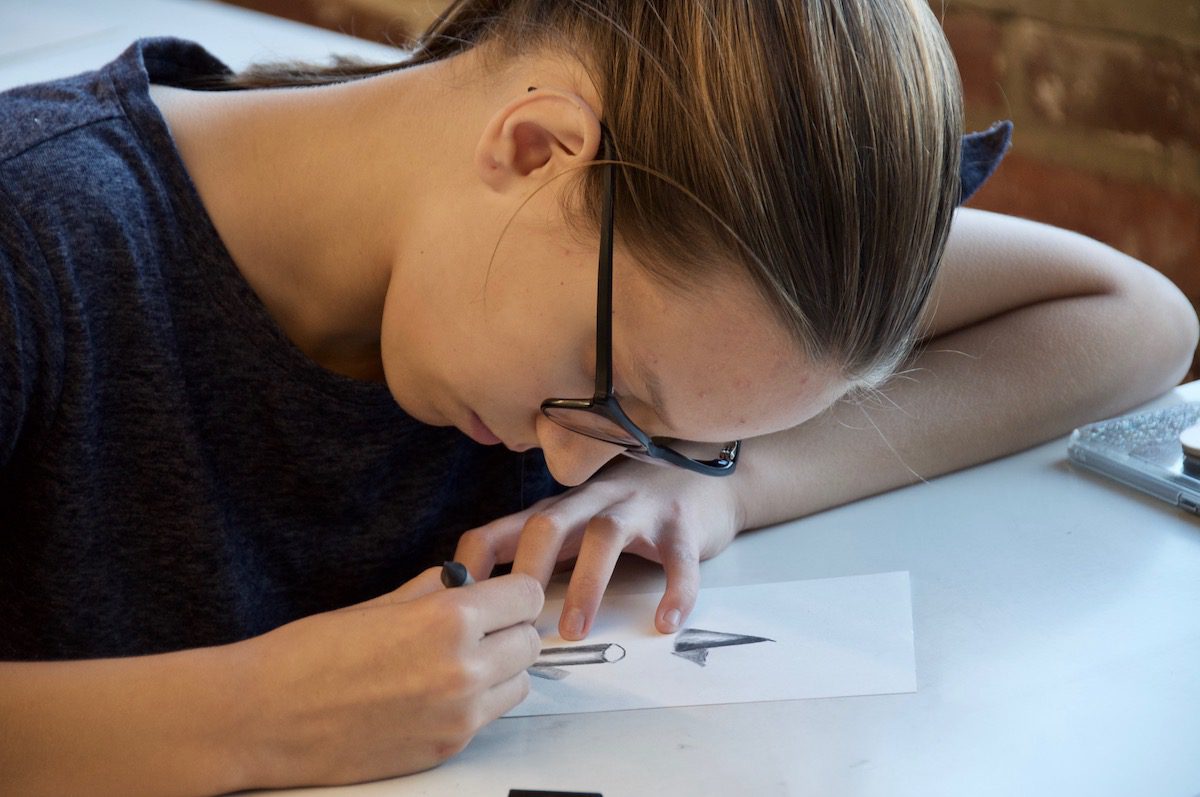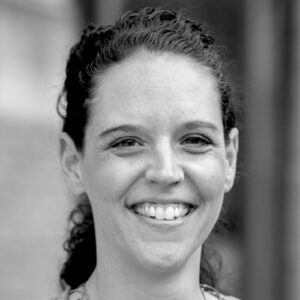Students with learning differences can find it challenging to uncover their talents. It’s all too easy to focus on their perceived weaknesses. It’s our job as art teachers to help them uncover and connect with their strengths. But this can be easier said than done.
Let’s explore how to help students embrace their differences and have them shine through in their artwork.
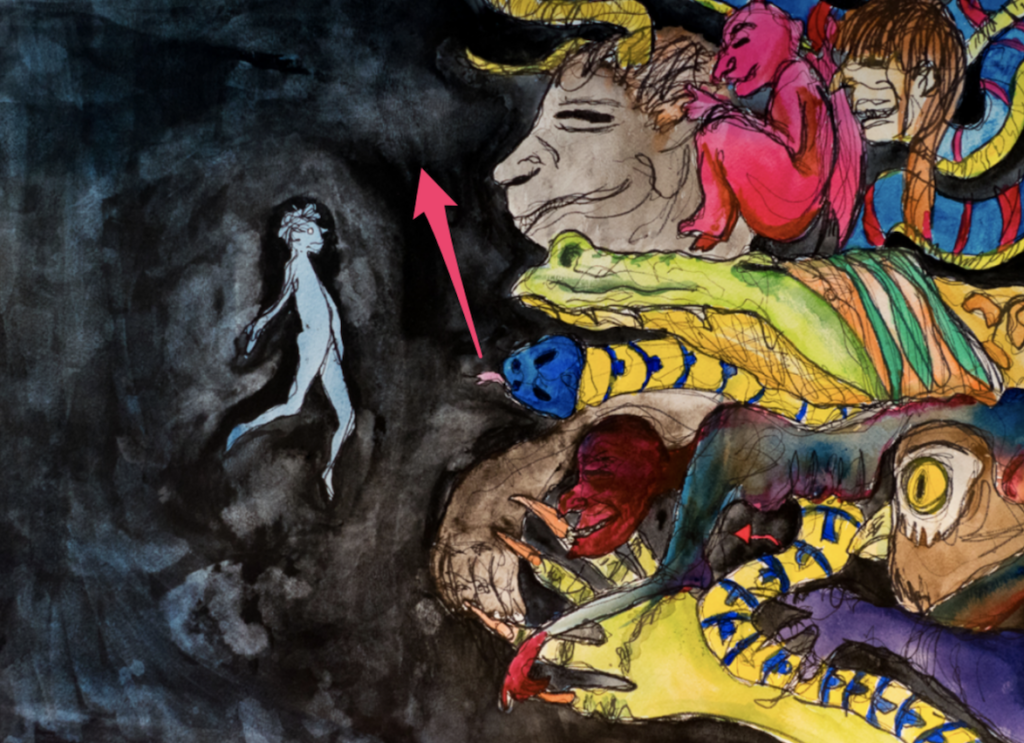
One Student’s Story
I had a student who wanted to give up. Her medicine was no longer working. While she waited for a new prescription, she was shaky and dealing with tics due to Tourette Syndrome that caused art supplies to fly across the room. As we talked, I asked, “What if we thought about how you could use this to your advantage?”
She perked up a bit, but still felt unsure.
She went home and watched the TED talk, Embrace the Shake, and began to grasp the possibility.
She grabbed her art supplies and started creating.
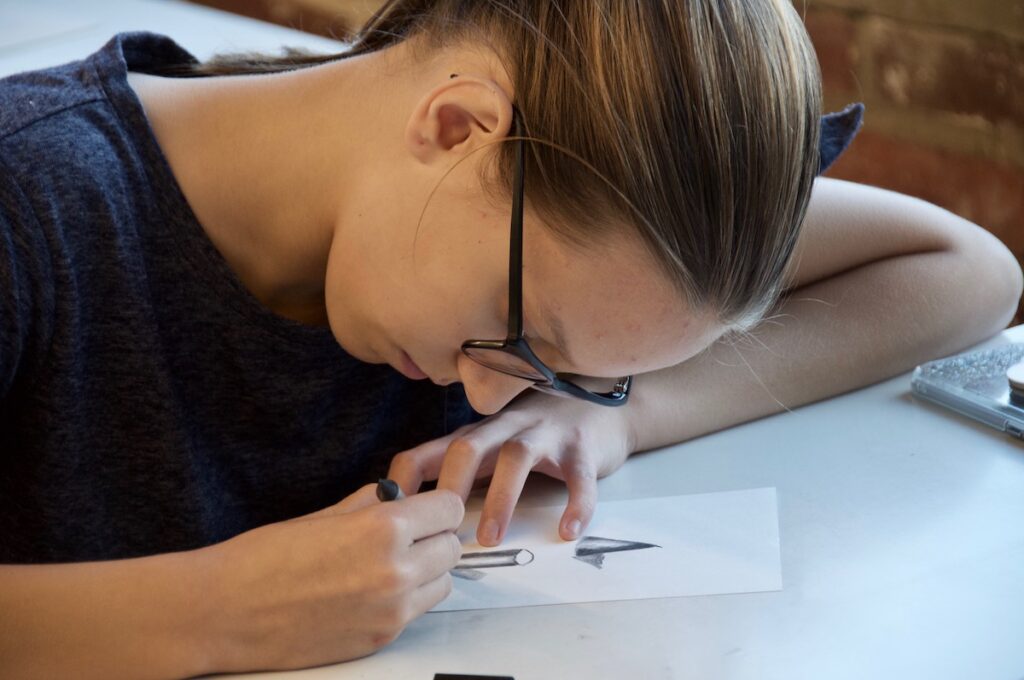
Disability vs. Powerful Difference
Language has power. Is it possible to help our students see a disability as a powerful difference?
In the book Seeing What Others Cannot See, author Thomas West explores this idea. “An apparent defect in a particular person may merely indicate an imbalance of our normal expectations. A noted deficiency should alert us to look for a proficiency of a different kind in the exceptional person. The late use of language in childhood, the difficulty in learning foreign languages may indicate a polarization or displacement in some of the skill from the verbal to another area. That other, enhanced area is without a doubt, in Einstein’s case, an extraordinary kind of visual imagery that penetrates his very thought process.”
In the Classroom
To have your students start thinking about this idea, have them watch Embrace the Shake. While some will connect more than others, it’s helpful to have the whole class begin to shift their mindset.
Then, ask students to reflect on their differences.
For students who have trouble getting started, explore the following.
- Being left-handed in a right-handed world
- Being color blind
- Having poor eyesight
- Having trouble with organization
- Having trouble with spelling
- Having dyslexia
- Having autism
To make students feel more comfortable, I like to share personal examples. The first is comical, the second more practical.
I share with students that my eyeteeth are false. While I now have them permanently secured, for many years they were attached to a retainer. When I was sixteen and boogie boarding at the beach, a large wave knocked my retainer out of my mouth sweeping my teeth away in the undercurrent. The rest of the week, I had a toothless grin. The levity of the story helps them to feel more comfortable.
Next, I share that when I was in college, one of my professors noted my work tended to have a messy/gritty feel I seemed to be fighting. She suggested I stop fighting and stop trying to be someone else. Instead, she encouraged me to explore the marks that came naturally. This mindset has always played a role in my work.
As students continue to reflect on differences and how they might impact their work, continue to show them examples.
Here are 5 artists using their differences in their artwork.
1. Matt Sesow
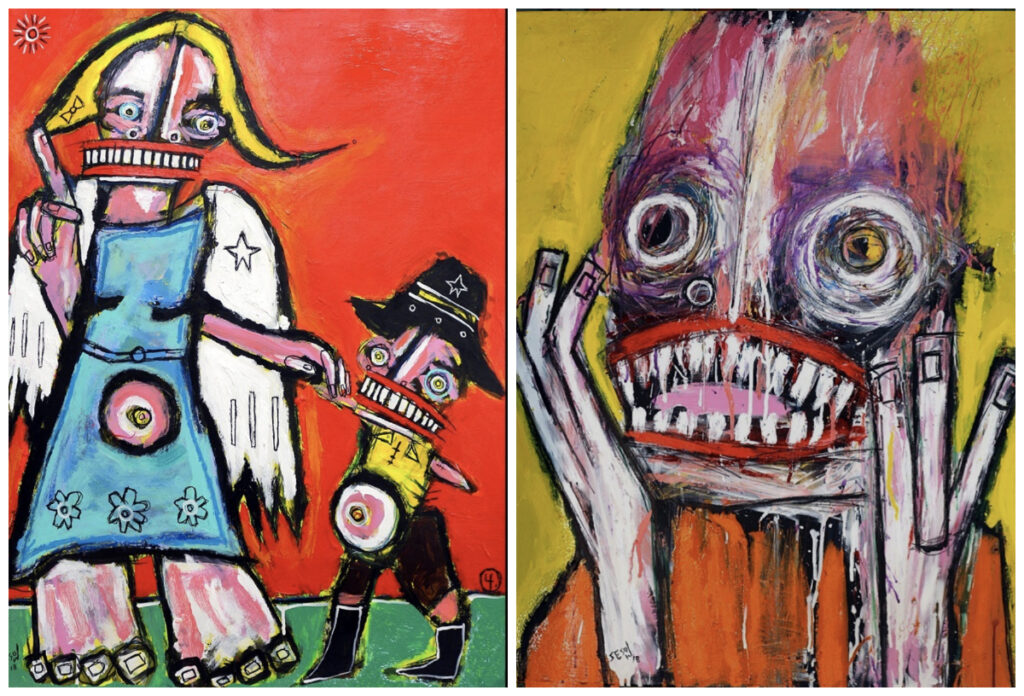
While playing a game as a child, Matt Sesow lost one of his hands. But, having only one hand didn’t stop Matt from making art. Sesow’s paintings are colorful and full of life. He creates almost 100 paintings a year and had a solo exhibit at the Baltimore American Visionary Museum.
2. Baso Fibonacci
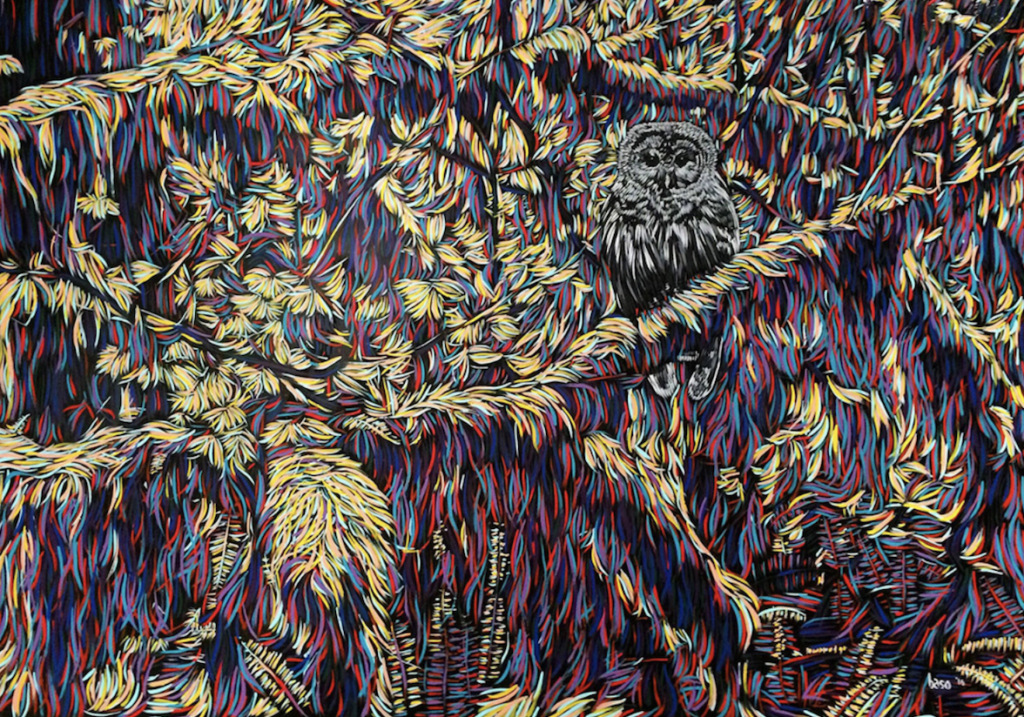
After an accident, Baso became wheelchair-bound and only able to use his left hand. Baso paints layers of color onto plexiglass, creating a 3-D feel on a 2-D surface.
3. Mariam Pare
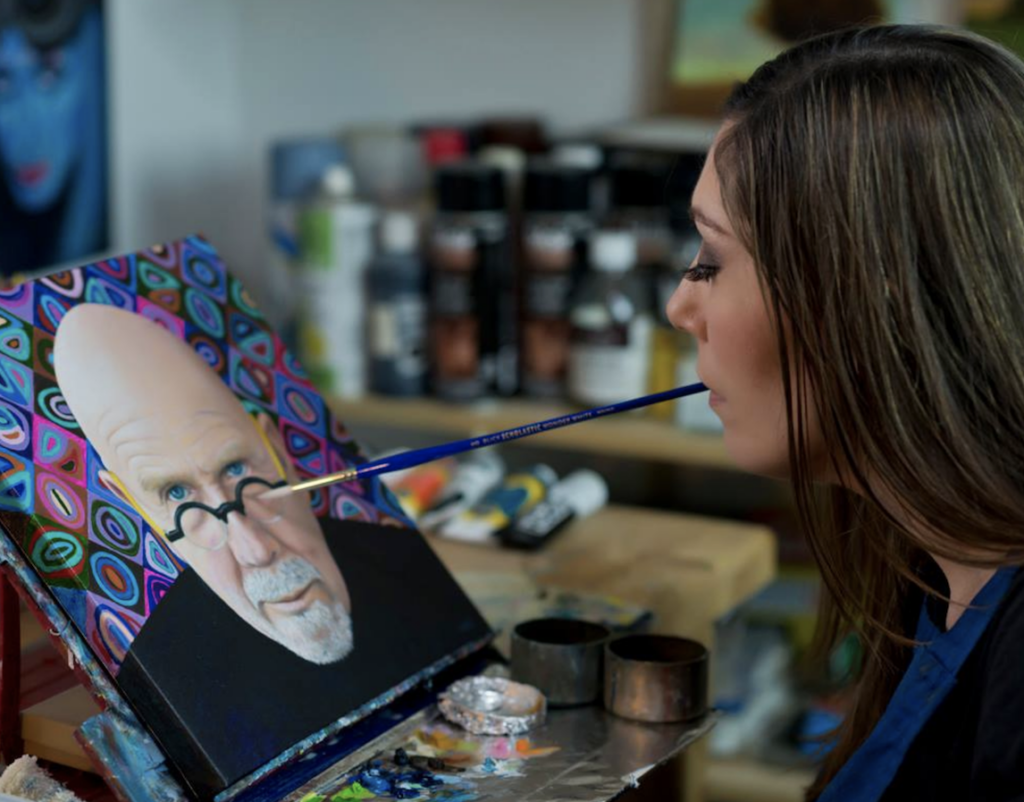
At the age of 20, Mariam developed quadriplegia as a result of gun violence. She adapted by learning to paint with her mouth.
4. Judith Scott
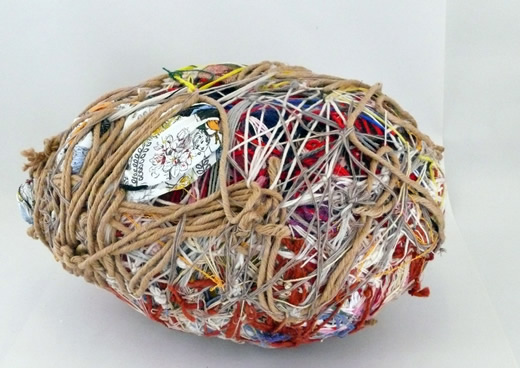
Judith was born with Down syndrome and was profoundly deaf as well as non-verbal. She spent thirty-five years in an institution. She was able to start creating when her twin sister took her from the institution and found ways to support her love for making. Judith created sculptural fiber pieces, through sewing, weaving, and wrapping.
To see her work and learn more about her life, watch this video.
5. Dan Miller
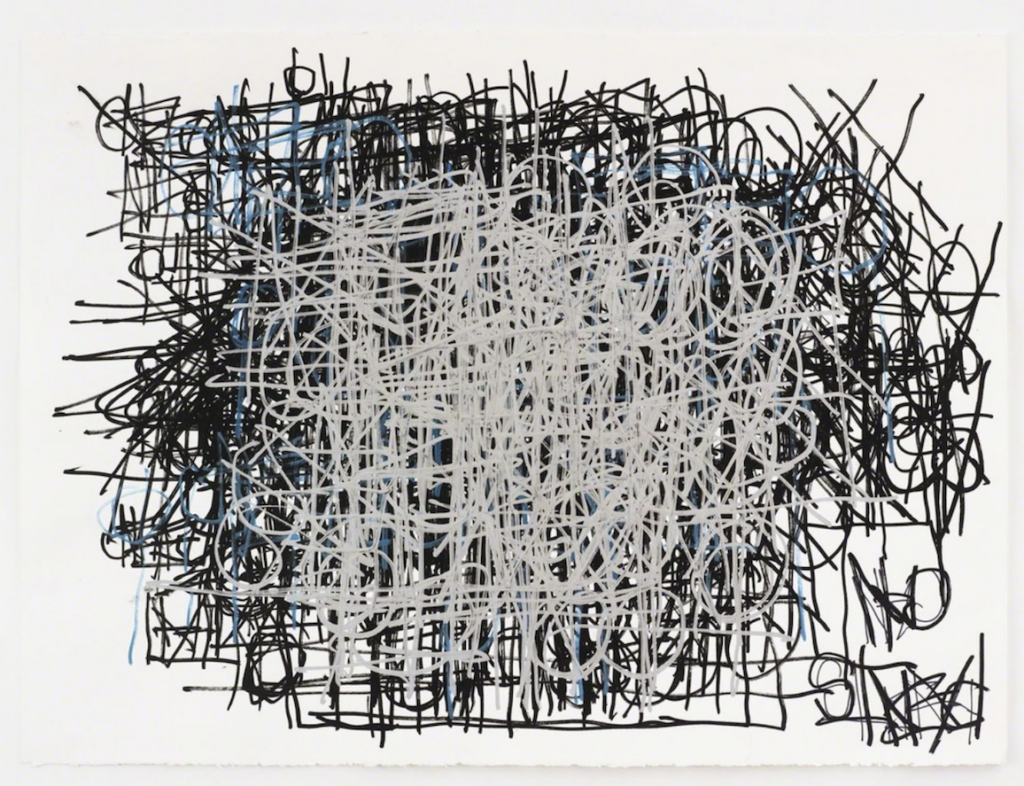
Dan has autism and uses little verbal language. He creates drawings made from the layering of words and numbers. Jenifer P. Borum explains his art this way, “Focusing his interest on an object as simple as a light bulb or light or a book, the artist will draw an image, words, and numbers related to this object repeatedly, until the concrete shapes, sequences, and clashes of words and numbers take over.”
Now that students have some ideas, have them explore and reflect in their sketchbook by answering a few questions.
- What is something you feel holds you back, and how can you fully embrace it in your work?
- What tools do you lack that you think would be helpful?
- How does your work change if you stop fighting who you are?
- Which artists did you find the most interesting and why?
You may be surprised how these reflection questions inform their work!
Helping students to see their differences as their unique advantage is powerful. It’s also something that takes time, practice, and research. Allowing students the chance to think in a new way can have a profound impact on both their artwork and their perspective of the world.
What’s an example of how you’ve helped a student to view a difference as an advantage?
When it comes to working with students with learning differences what’s something you wish you knew more about?
Magazine articles and podcasts are opinions of professional education contributors and do not necessarily represent the position of the Art of Education University (AOEU) or its academic offerings. Contributors use terms in the way they are most often talked about in the scope of their educational experiences.
